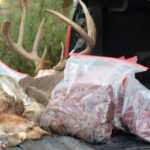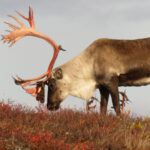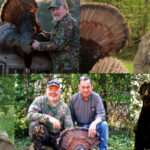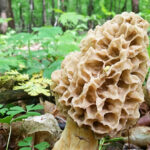According to research, over the course of one fall, a single mature buck can make 300-400 rubs. They can also make hundreds of scrapes. However, only a handful of rubs or scrapes get revisited throughout the season. This would’ve been useful information when I was a teenager learning to bowhunt. I wouldn’t have gotten so worked up over one big rub and wasted precious evenings after school waiting for a buck that might never return to that spot.
All deer sign is important because it provides clues as to how and where a buck has traveled. But not all deer sign matters all the time. The key is determining which deer sign matters most right now, when it’s time to hunt.
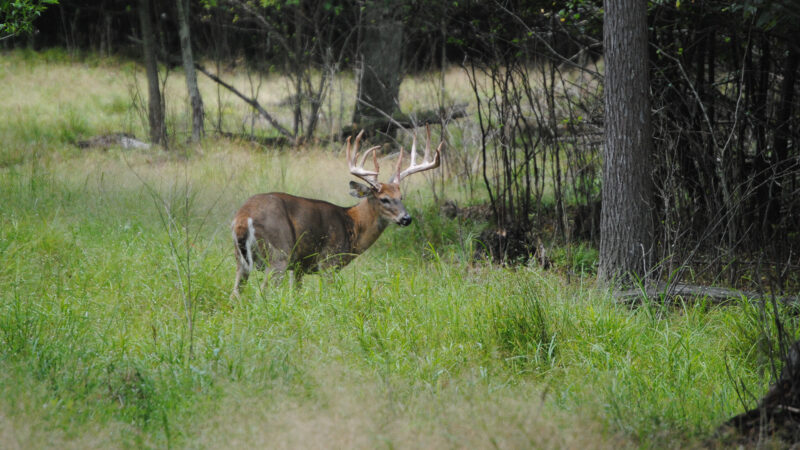
Seasonal Transitions
From September through October, change is constant in the deer woods, and I’m not just talking about buck behavior and testosterone levels. The habitat experiences serious changes, which then impacts how deer move throughout that habitat. Foliage thins out, dies off. Areas that appeared thick in September can start looking pretty sparse by Halloween, and a deer’s comfort level in those areas changes accordingly. I’ve often found early season rubs in what I thought was thick cover in September only to return there first of November and realize it was way too wide open for a mature buck to feel secure traveling it during daylight hours.
Don’t get me wrong, finding the first big rub of the year is exciting, no matter where it’s located. It signals the presence of a mature buck to hunt. But how important are those rubs made in September, many weeks before the rut? Unfortunately, most of them are irrelevant. By the time the season opens, that buck could be many miles away — or he could be right around the hillside. Noting where it was made is the first step to understanding which is most likely. The deer sign that matters most will be close to bedding areas, security cover, and traditional food sources. Rubs in these areas are more likely to be revisited later in the season.
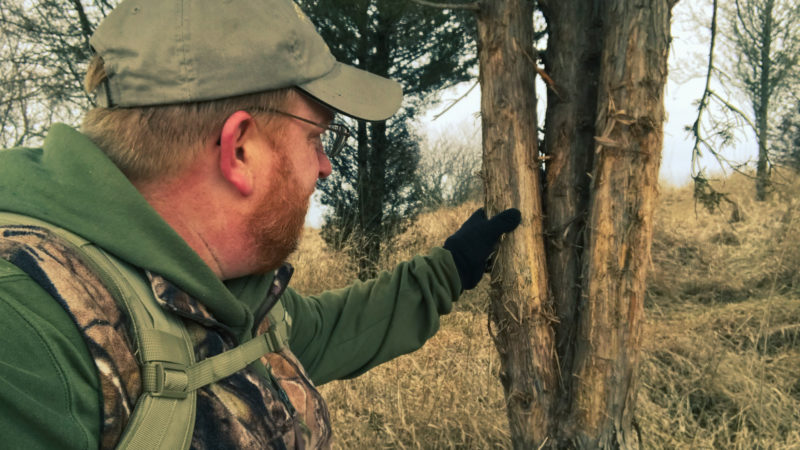
Even some buck beds found when deer are in their summer patterns are irrelevant. During summer and early fall, the cover is plenty thick, but once ground cover starts to thin out, bucks transition to their traditional fall bedding areas, which usually provide substantially thicker cover than their summer haunts. In my experience, this is the number one reason why those bucks I’ve been getting trail camera photos of all summer have suddenly “vanished” as well as why they’re starting to show up only after dark. Not only are they staying in their beds until later in the evening, but they’re bedding farther from the food sources where I’ve been getting pictures.
Sometimes food sources drastically change, too. Soft mast, such as apples, is a great example of this. Certain species of apple trees can dry up incredibly fast in a short period, even within a couple weeks, and the sign found near them can become completely irrelevant because there’s nothing there for the deer to come back for once the apples are gone. Learn to identify and recognize the species of apple trees, and other soft mast that ripen later in the season. The sign found around them becomes much more important. These will become hubs of activity once that fruit starts hitting the ground.
These are all reasons why early season sign can be so deceptive. Sure, it’s exciting to find and it can get you fired up to hunt, but don’t let it fool you into wasting time hunting where bucks have been instead of where they are.
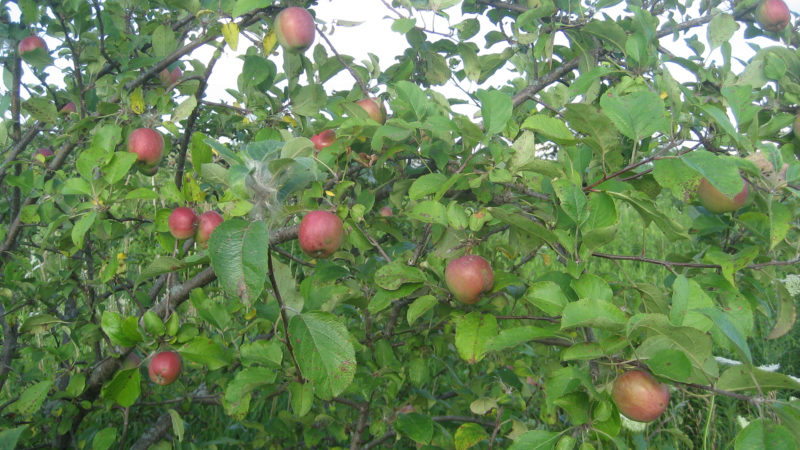
Traditional Locations
One of my favorite stands to hunt looks completely void of deer in September, but I know they’ll be there come November. Why? Because by November most of the auxiliary food sources have dried up and does start concentrating of this particular stand of oaks, which in turn draws in the bucks. In fact, the first year I found this location, I made the mistake of not hunting there due to lack of sign, and then I returned after the rut to find it absolutely tore up with rubs and scrapes. I hunted it the following year and killed a nice 9-point in the rut.
Deer sign found near these traditional locations is always important. Traditional is the operative word here, and it could easily be replaced with “consistent” because they provide reliable food or bedding year after year. Deer instinctively know that’s where they need to be at a certain time. And if the habitat stays relatively unchanged (not timbered or too mature), deer will use it each year.
Consistent bedding is of utmost importance here, and so sign found around traditional bedding areas will always be most important, too. This sign often appears in the transitional zones, or funnels, between bedding and food.
For example, I hunt primarily public land that has been heavily timbered. Within a few years, these cuts grow up into thick, nasty, prime deer bedding cover. Within every cut is usually a small section where does prefer to bed. Quite often, as early as August, I find scrapes on the perimeter of these cuts directly downwind of those traditional bedding areas. Although these are made well before hunting season, they are extremely important signs because they have territorial significance.
Long before the rut, bucks establish territories and ranges. They know who their competition is going to be and the location of every doe bedding area memorized. Early season scrapes downwind of these bedding areas are a buck’s way of saying, “I’ll be back.”
In fact, scrapes downwind of bedding areas may be the best sign of all because they often turn into community scrapes. Even if these scrapes appear to go untended for short periods of time, don’t be fooled. When days get colder and deer start getting that rutty feeling, those bucks will definitely return.
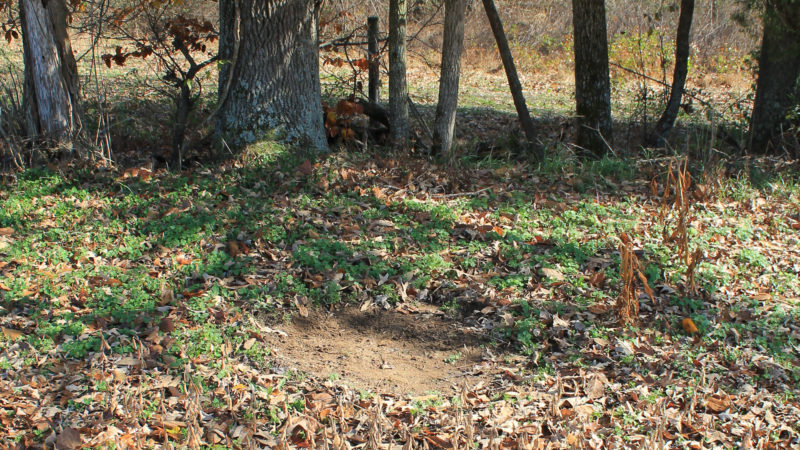
Fresh is Best
Deer eat a lot and they poop a lot. If you’re not finding droppings, then you’re probably not where the deer are. However, not all droppings matter. Those old dried up pellets hold little importance for hunters unless there are fresh piles also in the area. A mixture of old and new droppings tells us that deer having been using the area over a long period of time, and unless bedding cover or food sources drastically change, they’ll continue using it.
The same goes for rubs and scrapes. Fresh sign is always the best sign.
Fresh rubs will typically have fresh shavings around the base of the tree and the exposed wood will have a vibrant, shiny look. If you have to root through leaves to find the bark shavings, then you’re looking at an older rub, even if the rub itself doesn’t look all that old. From there, you can determine its importance based on its location to current bedding and food sources.
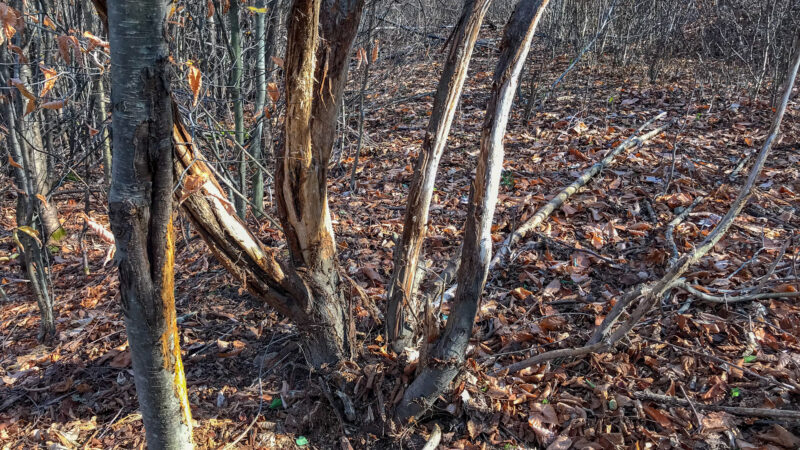
Scrapes can be a little trickier to figure out because, although a buck might regularly visit a scrape, he doesn’t always stop to work that scrape. Rather, he will circle downwind to scent-check it from a distance. As with rubs, how important these scrapes are should be determined by their proximity to bedding, security cover, and food sources.
And, of course, tracks don’t lie. I always check even old scrapes for deer tracks as these can be an indicator that they’re still being utilized, even if they haven’t been freshened up for some time.
It’s mind blowing how much sign a single mature buck can put down over the course of one season, and it can sometimes be difficult to determine which sing you should be paying the most attention to. With some bucks making hundreds of rubs and just as many scrapes, it can be hard to decide where you should be hunting. But if you can find fresh sign in good cover close to bedding areas and food sources, you’re well on your way to a successful hunt.

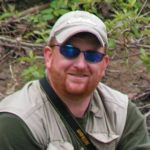 By
By 